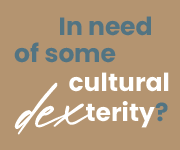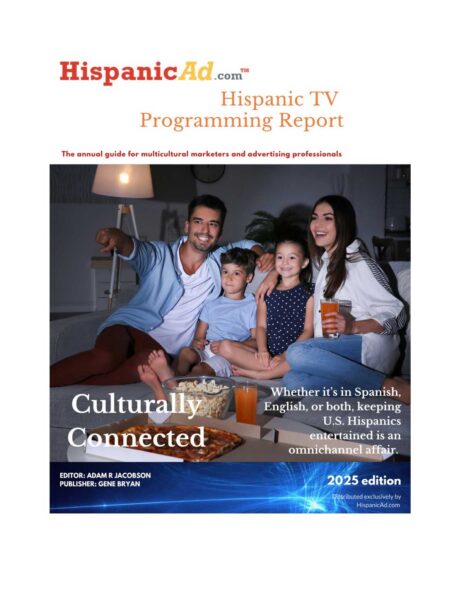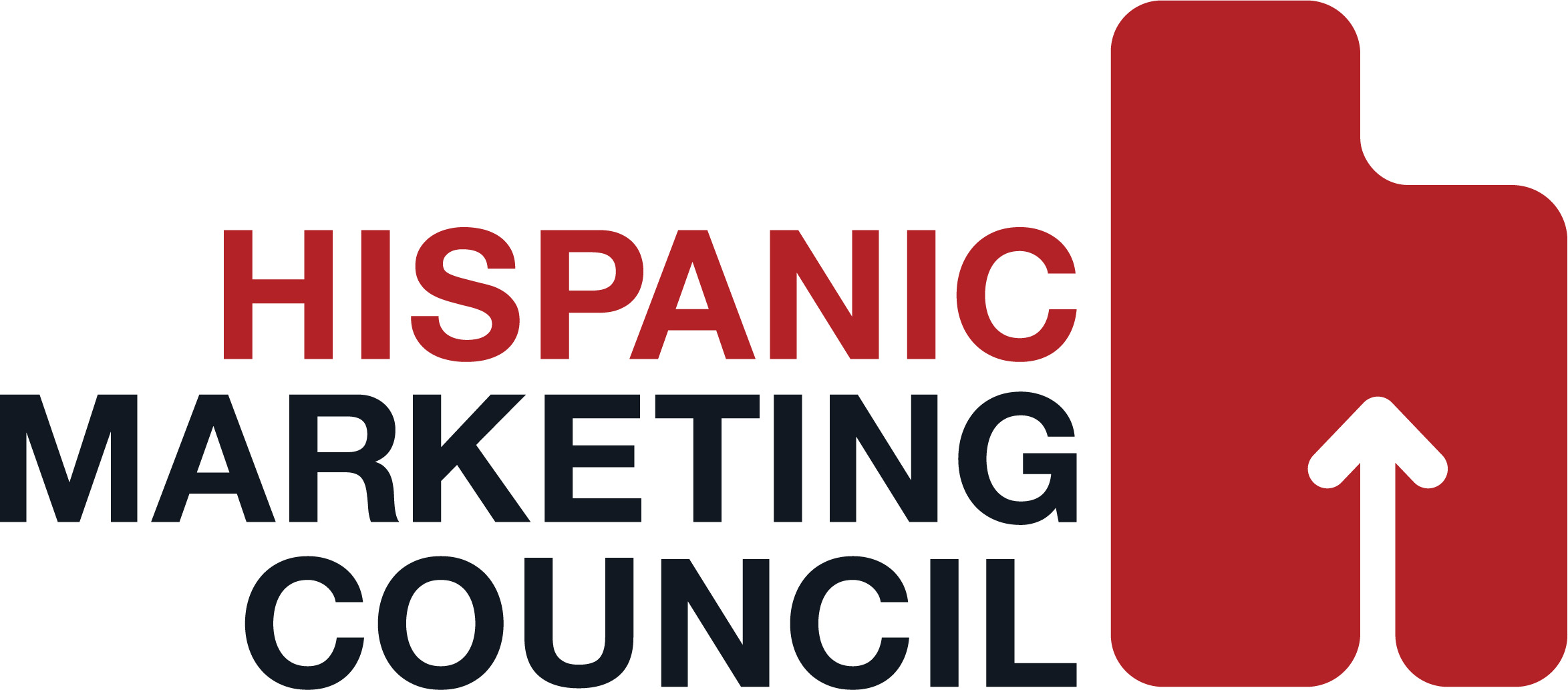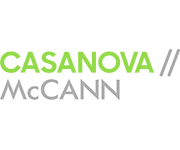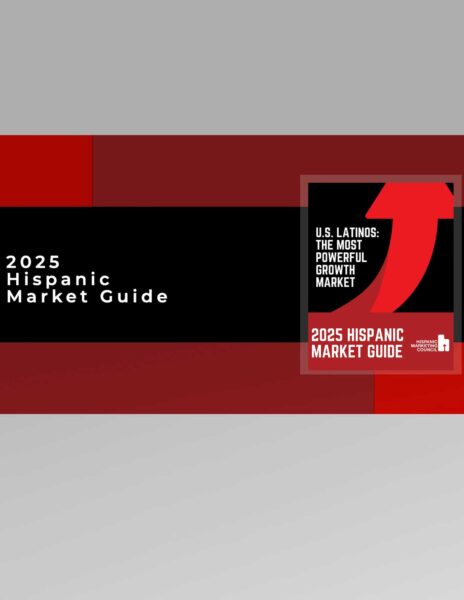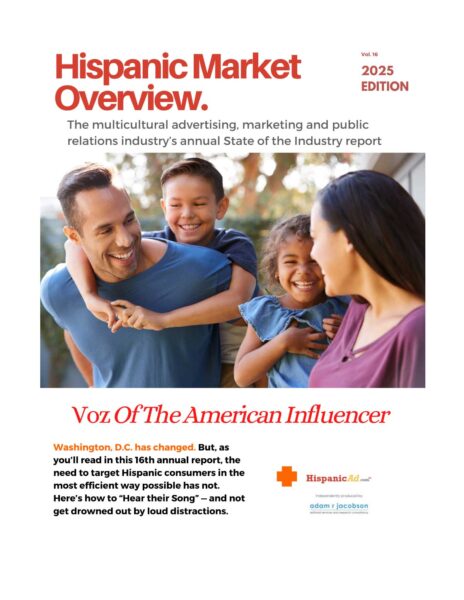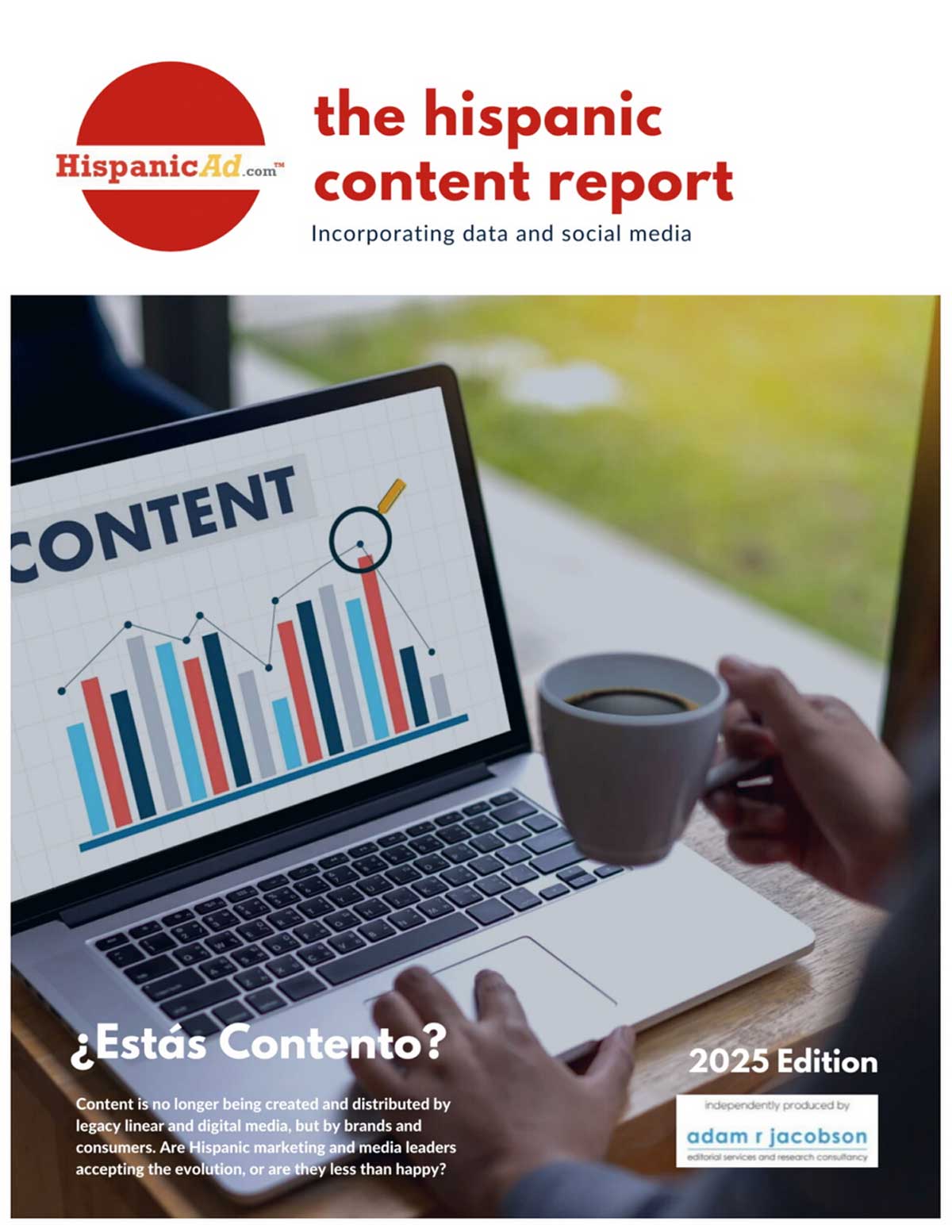Trends
Fans are changing the game [REPORT]

Change is certainly nothing new, but its impact is seldom as sizable—or accelerated—as what the world has experienced over the past two years. For the sports industry, the return of fans at live events midway through 2021 was cheered by all, yet life has evolved too much during the pandemic for the sports industry to simply snap back to a mirror image of its pre-COVID self.
A relevancy revolution: the importance of Spanish language content

So what does this engagement look like? Latinos today are demanding engaging, fresh, culturally relevant, and nuanced content on trusted platforms that value the unique U.S. Hispanic experience. This is so much more than just serving up “Spanish-language content”. It is our collective demand for meaningful, representative content that delivers a bridge to our culture; serving up a place to feel seen, and be seen in content. Interestingly, it is incredibly difficult to find that special combination outside of the Spanish language ecosystem. By Stacie deArmas, SVP, Diverse Insights & Initiatives
Accurately Portraying Diverse Women and Girls Delivers Significant Sales Lift for Brands [REPORT]

Across gender, language, race and ethnicity, ads with high gender equality metrics scores overall delivered 60% improved sales performance
Consumer behavior shifts and new experiences are broadening fan engagement

Few industries have been immune to the effects of the global pandemic, but the impact has been particularly notable for global sports. While the return of fans at live events midway through 2021 was cheered by all, behaviors have evolved too much for the sports industry to simply snap back to a mirror image of its pre-COVID self, particularly with respect to how fans engage with sports content.
Minority-Owned Media Gets A Boost With Nielsen’s New Study

The movement for racial justice over the last two years empowered diverse communities to raise their voices and call for action and advocacy from brands and businesses. The marketing and advertising industry met the call to action by committing to increase investment in diverse-owned media. As agencies and brands readied to invest, they found some bumps in the road. Which media companies are diverse-owned beyond the major players? How do we evaluate the power of diverse-owned media in delivering audiences? What about diverse targeted and diverse operated media companies? By Isaac Mizrahi - Co-President of ALMA Agency
BLACK History Month is coming to a close and a small peep

What happened to the VERY LOUD Black Marketers that we heard & saw last year and the craving by all advertisers to be perceived as woke or engaged? It is a legitimate questions, especially in the light that Black History Month is closing in 6 days. What has been the diversity and DE&I buzz lately? By Gene Bryan / CEO of HispanicAd
Wellness Category Ranked #3 by Annual Growth Rate in 2021, Expanding Ad Spend +49% over 2020
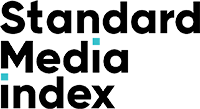
When looking at the channels that helped drive this growth, Traditional Media Channels played an integral part, with overall traditional media buys up +66% YoY. In particular, Traditional TV and Radio had lifts of over +70% vs. 2020. Digital also expanded, with Digital Video (+60%) and Audio (+65%) showing the heftiest rise.
Inflation Media Management [REPORT]

In this latest issue of ECI Media Management’s Inflation Report, we explore media inflation in the context of a world economy that is recovering, albeit more slowly than hoped for.
Build trust to build trial: Trustworthy channels can help

A lasting effect of digitization and the pandemic has been the proliferation of consumer choice. From being able to purchase cars and furniture online, to the pandemic’s effect of pushing more shopping into infinite virtual shelves, consumers are facing more options. That vast choice and supply chain strain have affected brand loyalty to some degree, but not to the degree that you might think. And for marketers seeking to grow their brand through new customer acquisition, all that choice means a lot more competition for new buyer
Here are dragons. What is your data map not telling you?

People love to claim that their marketing is data-driven. It makes them sound smart and fiscally responsible. But do we really have all the data we need for a brand building campaign? And could bigger opportunities be hiding off the data map? By Nigel Hollis
MULTICULTURAL MAJORITY HAPPENING FASTER THAN PREDICTED
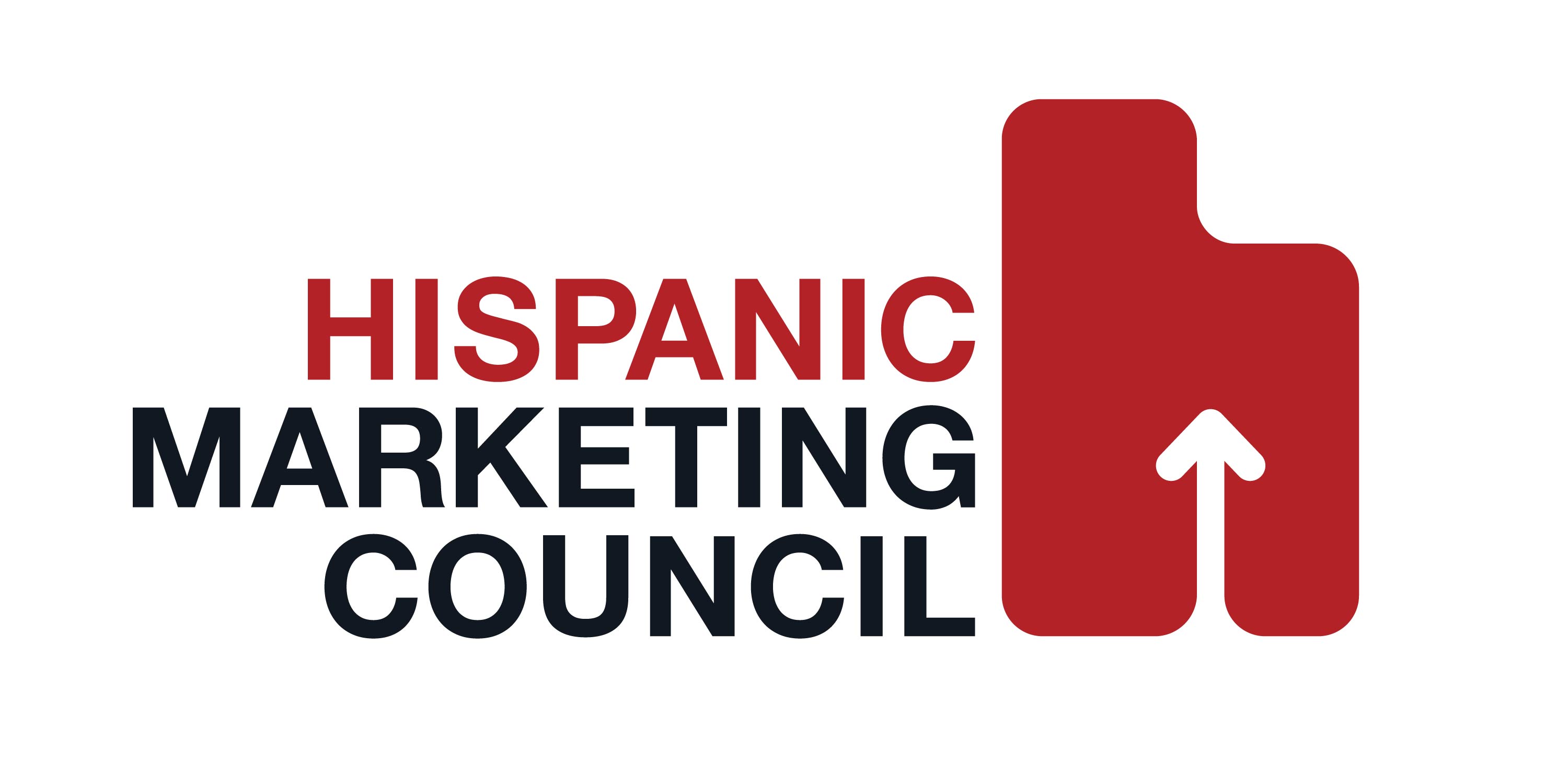
According to Census 2020 data, America’s demographics are shifting to a multicultural majority faster than anticipated. While 2020 marked the official year that the first full generation of 17 and under was a multicultural majority, the Hispanic Marketing Council (HMC) estimates that this milestone was reached sometime in the middle of the last decade—years ahead of previous predictions. More compellingly, this shift forward means that Americans under 35 could be a multicultural majority as early as next year.
Consumer Confidence Rebounds As U.S. Economy Recovers [REPORT]

Two years ago, the global shutdown sent the economy reeling, and many Americans, especially lower-income households, experienced a seismic shift in their financial security. Consumers reported worsening personal finances and a feeling that the economy was weakening. Their outlook for 2021 was equally as dim, with fewer Americans feeling optimistic about improvements in personal finances for the coming year.
Inflation and risk reduction: what brands can do [REPORT]

Brands need to respond to rising prices not simply by pivoting to “value”, but by considering how they reduce “risk” for consumers.
Rooms with a view: Multiple-set TV households provide an array of access and choice for content-hungry viewers

In the 1985 film Back to the Future, there’s a line in one of the scenes that takes place in 1955 where Marty McFly tells his grandmother that his family has two TVs. As he’s referring to his life in 1985, his grandmother quickly dismisses him, saying that “nobody has two television sets.”
Where to Go from Here? The Apparel Industry’s Focus Areas for 2022

The U.S. apparel industry brought in $246.2 billion in revenue for 2021 — an increase of more than $61 billion versus 2020, and the highest dollar volume generated in more than 10 years! With both revenue and unit sales up, compared to 2020 and 2019, the apparel industry has to figure out how to keep up the momentum in 2022.
Impressions 2.0: The great equalizer

Every once in a while, a word becomes so common in our media vocabulary that we lose sight of its actual meaning. Impression is a good example. We know what it means. We’ve been using it for decades. Yet as the term is used more broadly for holistic media measurement, it’s easy to wonder if its meaning has changed along the way.
What does the future hold for audience data?

Audience data is very much a hot topic across the media industry right now. At this year’s World Audiences Summit, we spoke to a panel of emerging media leaders from the UK about how this data is being used by agencies and advertisers, and what they want now and in the future.
Nielsen Launches Diverse Media Equity Program [REPORT]

Nielsen announces the launch of its Diverse Media Equity program, which is designed to elevate the visibility of diverse-owned media companies with advertisers and agencies. The comprehensive initiative includes measurement of diverse-owned media historically excluded from investment, funding certification fees of diverse-owned media, as well as the launch of the first ever report on diverse-owned media reach and audience profiles.
U.S. Hispanic population continued its geographic spread in the 2010s

The U.S. Hispanic population reached 62.1 million in 2020, an increase of 23% over the previous decade that outpaced the nation’s 7% overall population growth. At the county level, growth played out unevenly, which resulted in the continued geographic spread of Hispanics. Numerical growth of Hispanics was largest in counties that already had significant Hispanic populations, but the growth rate was largest in counties with smaller Hispanic populations, according to a Pew Research Center analysis of decennial census data from 1980 to 2020.






